Thao Ho
Multimodal Spatio-Temporal Deep Learning Approach for Neonatal Postoperative Pain Assessment
Dec 03, 2020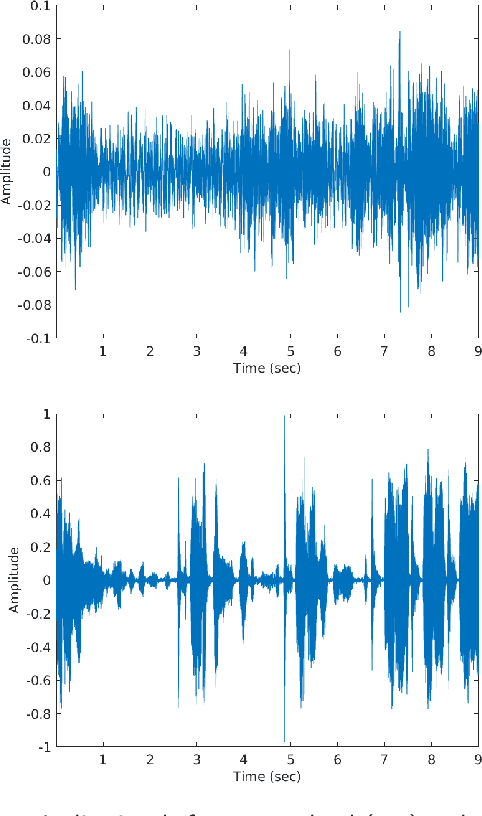
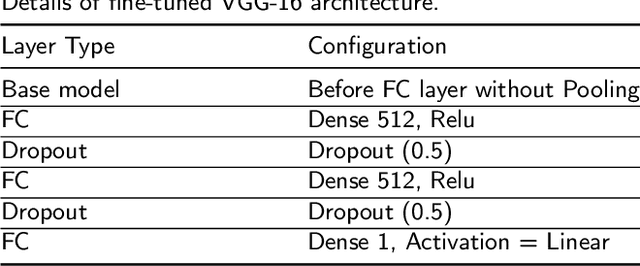
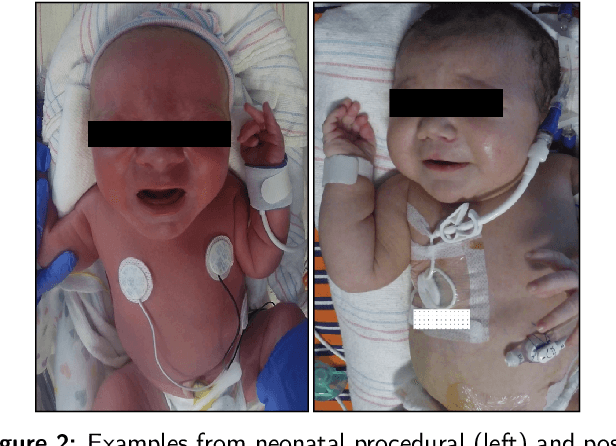
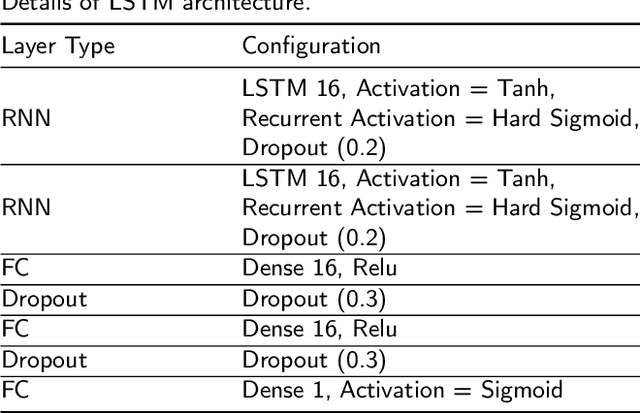
Abstract:The current practice for assessing neonatal postoperative pain relies on bedside caregivers. This practice is subjective, inconsistent, slow, and discontinuous. To develop a reliable medical interpretation, several automated approaches have been proposed to enhance the current practice. These approaches are unimodal and focus mainly on assessing neonatal procedural (acute) pain. As pain is a multimodal emotion that is often expressed through multiple modalities, the multimodal assessment of pain is necessary especially in case of postoperative (acute prolonged) pain. Additionally, spatio-temporal analysis is more stable over time and has been proven to be highly effective at minimizing misclassification errors. In this paper, we present a novel multimodal spatio-temporal approach that integrates visual and vocal signals and uses them for assessing neonatal postoperative pain. We conduct comprehensive experiments to investigate the effectiveness of the proposed approach. We compare the performance of the multimodal and unimodal postoperative pain assessment, and measure the impact of temporal information integration. The experimental results, on a real-world dataset, show that the proposed multimodal spatio-temporal approach achieves the highest AUC (0.87) and accuracy (79%), which are on average 6.67% and 6.33% higher than unimodal approaches. The results also show that the integration of temporal information markedly improves the performance as compared to the non-temporal approach as it captures changes in the pain dynamic. These results demonstrate that the proposed approach can be used as a viable alternative to manual assessment, which would tread a path toward fully automated pain monitoring in clinical settings, point-of-care testing, and homes.
First Investigation Into the Use of Deep Learning for Continuous Assessment of Neonatal Postoperative Pain
Mar 24, 2020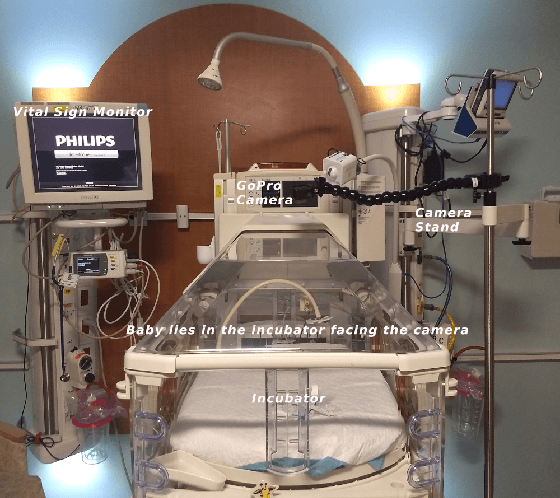
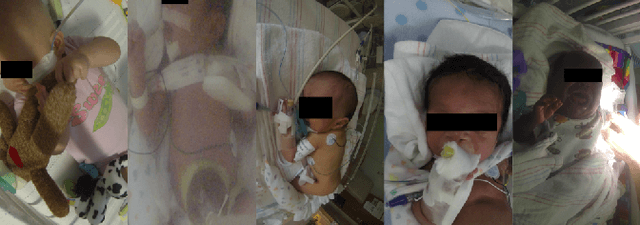

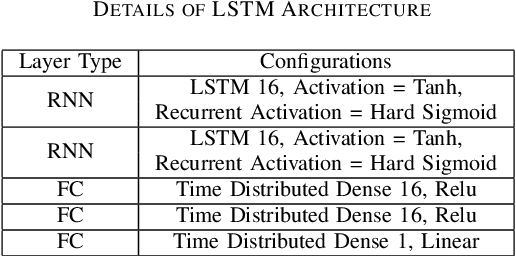
Abstract:This paper presents the first investigation into the use of fully automated deep learning framework for assessing neonatal postoperative pain. It specifically investigates the use of Bilinear Convolutional Neural Network (B-CNN) to extract facial features during different levels of postoperative pain followed by modeling the temporal pattern using Recurrent Neural Network (RNN). Although acute and postoperative pain have some common characteristics (e.g., visual action units), postoperative pain has a different dynamic, and it evolves in a unique pattern over time. Our experimental results indicate a clear difference between the pattern of acute and postoperative pain. They also suggest the efficiency of using a combination of bilinear CNN with RNN model for the continuous assessment of postoperative pain intensity.
Harnessing the Power of Deep Learning Methods in Healthcare: Neonatal Pain Assessment from Crying Sound
Sep 05, 2019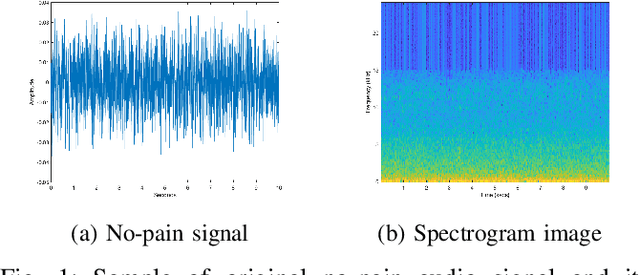
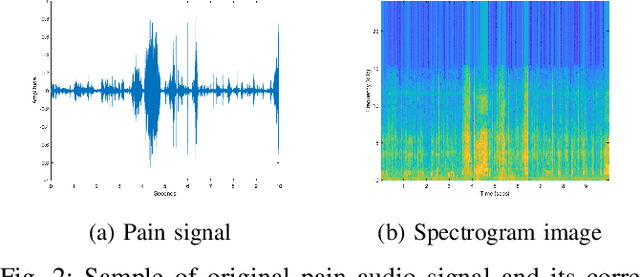
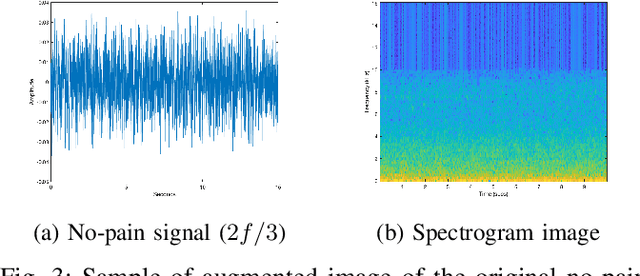
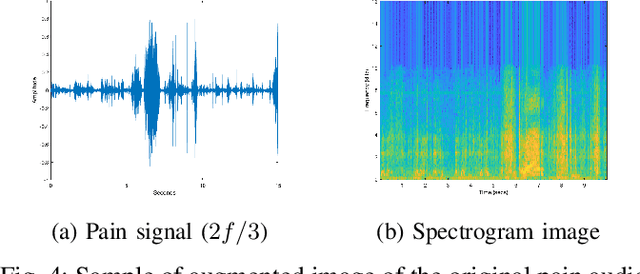
Abstract:Neonatal pain assessment in clinical environments is challenging as it is discontinuous and biased. Facial/body occlusion can occur in such settings due to clinical condition, developmental delays, prone position, or other external factors. In such cases, crying sound can be used to effectively assess neonatal pain. In this paper, we investigate the use of a novel CNN architecture (N-CNN) along with other CNN architectures (VGG16 and ResNet50) for assessing pain from crying sounds of neonates. The experimental results demonstrate that using our novel N-CNN for assessing pain from the sounds of neonates has a strong clinical potential and provides a viable alternative to the current assessment practice.
Multi-Channel Neural Network for Assessing Neonatal Pain from Videos
Aug 25, 2019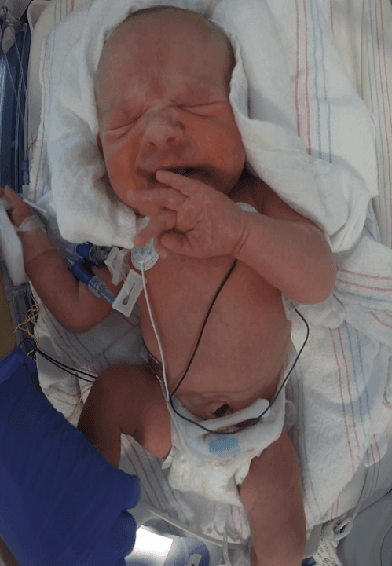
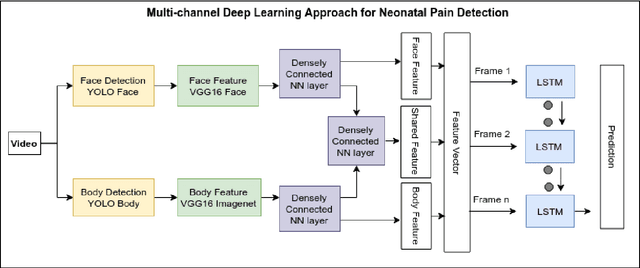
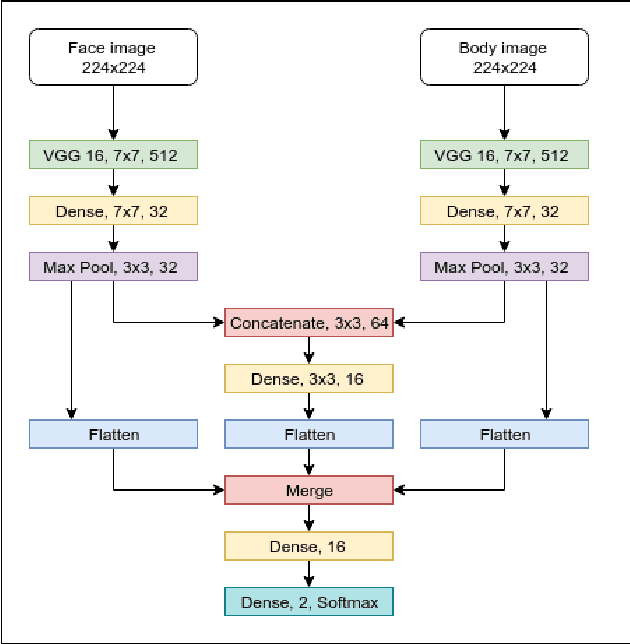
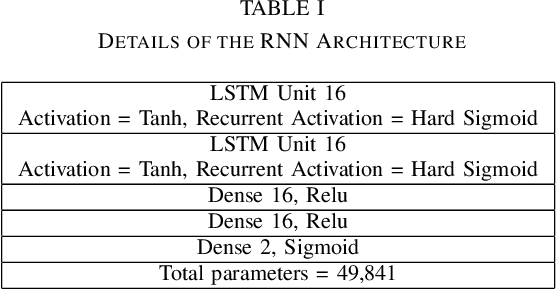
Abstract:Neonates do not have the ability to either articulate pain or communicate it non-verbally by pointing. The current clinical standard for assessing neonatal pain is intermittent and highly subjective. This discontinuity and subjectivity can lead to inconsistent assessment, and therefore, inadequate treatment. In this paper, we propose a multi-channel deep learning framework for assessing neonatal pain from videos. The proposed framework integrates information from two pain indicators or channels, namely facial expression and body movement, using convolutional neural network (CNN). It also integrates temporal information using a recurrent neural network (LSTM). The experimental results prove the efficiency and superiority of the proposed temporal and multi-channel framework as compared to existing similar methods.
 Add to Chrome
Add to Chrome Add to Firefox
Add to Firefox Add to Edge
Add to Edge